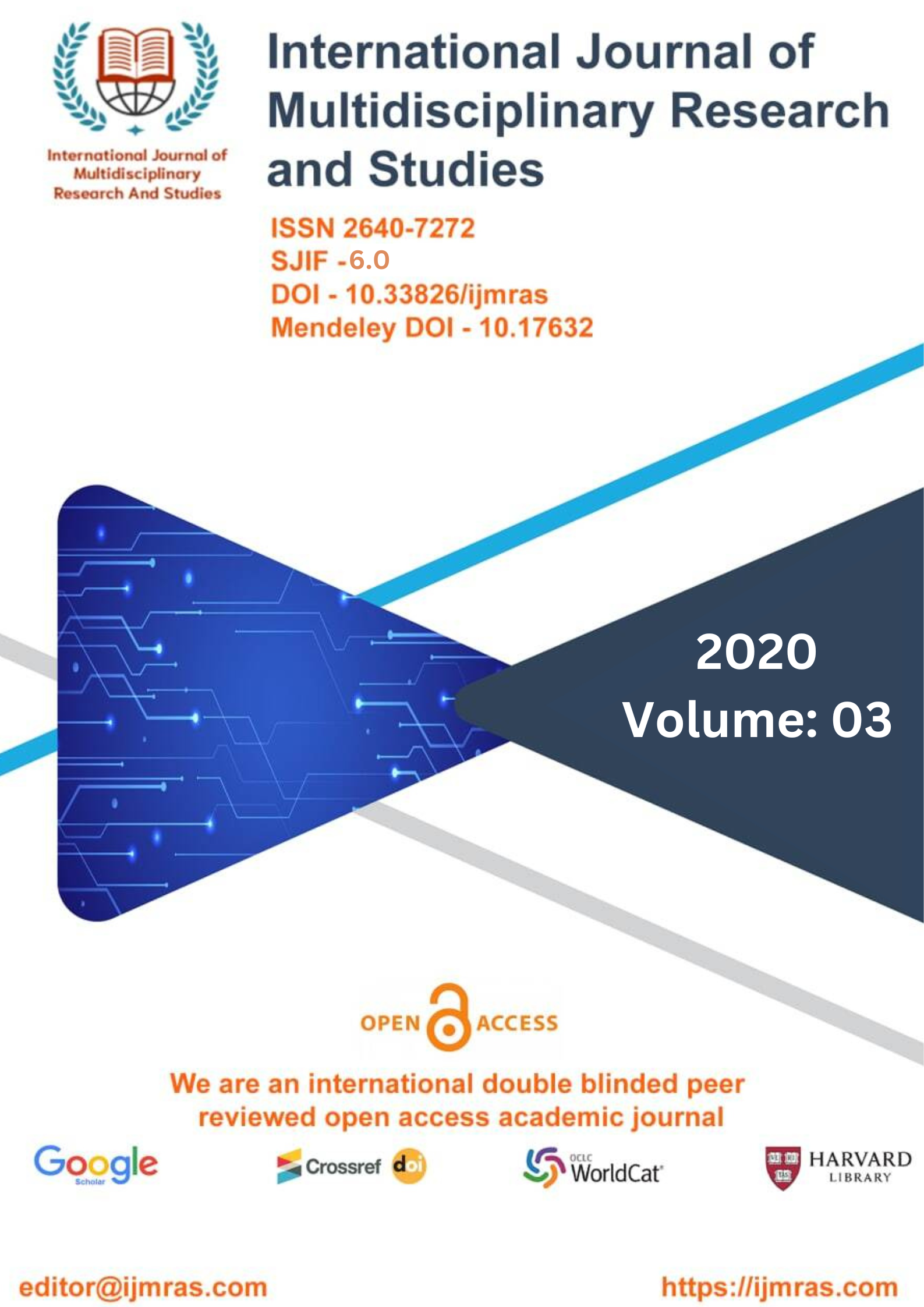THE PALEOCHRONOLOGICAL STAGES OF ANIMAL EVOLUTIONMAIN

Abstract
Paleochronology is the study of the timing and duration of events in the history of the Earth, and it plays a crucial role in understanding the evolution of animals. This article outlines the major paleochronological stages of animal evolution, including the Ediacaran period, Cambrian explosion, Ordovician period, Silurian period, Devonian period, Carboniferous period, Permian period, Mesozoic era, Cenozoic era, Paleogene period, Neogene period, and Quaternary period. By examining these stages, we can better understand the sequence of appearance and disappearance of various animal groups and the timing of major evolutionary transitions. Moreover, understanding the paleochronological stages of animal evolution is crucial for predicting the future of life on Earth. The ongoing biodiversity crisis highlights the importance of preserving and protecting the diversity of species that have evolved over millions of years. By understanding the historical context of animal evolution, we can better understand how species have responded to past environmental changes and use this information to inform conservation efforts and mitigate the impact of current and future environmental changes.
Keywords
animal, EarthHow to Cite
References
Erwin, D. H. (2015). The Ediacaran-Cambrian diversification of metazoans and molecular biology: An embarrassment of phylogenetic riches. Cold Spring Harbor Perspectives in Biology, 7(9), a021705.
Conway Morris, S. (1998). The crucible of creation: The Burgess Shale and the rise of animals. Oxford University Press.
Sepkoski, J. J. (1992). A compendium of fossil marine animal genera. Bulletins of American Paleontology, 363, 1-560.
Algeo, T. J., &Scheckler, S. E. (1998). Terrestrial-marine teleconnections in the Devonian: links between the evolution of land plants, weathering processes, and marine anoxic events. Philosophical Transactions of the Royal Society B: Biological Sciences, 353(1365), 113-130.
Retallack, G. J. (2013). Ediacaran life on land. Nature, 493(7430), 89-92.
Benton, M. J. (2015). Vertebrate palaeontology. John Wiley & Sons.
Briggs, D. E. G. (2003). The role of decay and mineralization in the preservation of soft-bodied fossils. Annual Review of Earth and Planetary Sciences, 31(1), 275-301.
Benton, M. J. (2018). Dinosaurs and the history of life. Columbia University Press.
Jablonski, D. (2005). Mass extinctions and macroevolution. Paleobiology, 31(sp5), 192-210.
Archibald, J. D. (2016). Extinction and radiation: How the fall of dinosaurs led to the rise of mammals. JHU Press.
Gould, S. J. (1989). Wonderful life: The Burgess Shale and the nature of history. WW Norton & Company.
Sahney, S., Benton, M. J., & Ferry, P. A. (2010). Links between global taxonomic diversity, ecological diversity and the expansion of vertebrates on land. Biology Letters, 6(4), 544-547.
Shubin, N. H. (2009). Your inner fish: A journey into the 3.5-billion-year history of the human body. Vintage.
Smith, A. B., & Peterson, K. J. (2005). Dating the time of origin of major clades: molecular clocks and the fossil record. Annual Review of Earth and Planetary Sciences, 33(1), 447-493.
Stanley, S. M. (1979). Macroevolution: Pattern and process. WH Freeman and Company.
License
Copyright (c) 2020 AJAY KUMAR

This work is licensed under a Creative Commons Attribution 4.0 International License.
Individual articles are published Open Access under the Creative Commons Licence: CC-BY 4.0.



